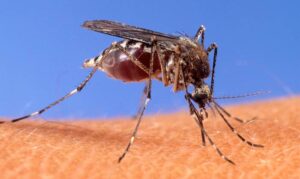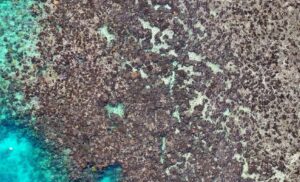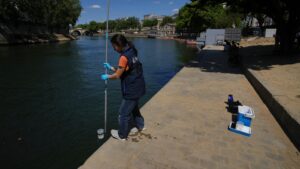
Living near a golf course might offer more than just picturesque landscapes; it could also pose a hidden health risk. A recent study has uncovered a significant correlation between residing close to golf courses and an increased likelihood of developing Parkinson’s disease.
The research, conducted by the Barrow Neurological Institute in Arizona in collaboration with the Mayo Clinic, focused on residents in southern Minnesota and western Wisconsin. The study suggests that pesticide use on golf courses may be a critical factor in this association.
Data from the Rochester Epidemiology Project, spanning from 1991 to 2015, was utilized to compare 419 Parkinson’s patients with a control group. The findings indicate that living within one mile of a golf course is linked to a 126% increase in the odds of developing Parkinson’s disease.
Understanding the Study’s Findings
The study revealed that the greatest risk was observed in individuals living one to three miles from a golf course. Additionally, those residing in water service areas that included a golf course faced nearly double the risk compared to areas without one. The risk increased by 82% for people living in regions with vulnerable groundwater.
Pesticides applied to golf courses may play a role in the incidence of PD [Parkinson’s disease] for nearby residents.
Lead author Brittany Krzyzanowski, Ph.D., noted that while the study did not include data on specific pesticides, the speculation is that these chemicals might contribute to the increased risk. She emphasized the need for further research to understand the underlying mechanisms better.
Expert Opinions and Broader Implications
Dr. Mary Ann Picone, Medical Director of the MS Center at Holy Name Medical Center in New Jersey, who was not involved in the study, commented on the findings. “There has often been discussion regarding risks for the development of Parkinson’s disease and environmental agents such as pesticides,” she stated. Dr. Picone also highlighted the importance of further research with larger patient groups to solidify these findings.
Parkinson’s disease is a progressive neurological condition characterized by a deficiency of dopamine in the brain, affecting movement control. It is the fastest-growing neurological condition globally, with symptoms typically appearing around age 50.
Limitations and Future Research
The study’s authors acknowledged several limitations, including the lack of data on individual pesticide exposure levels and other potential risk factors like genetics or head injuries. Senior author Dr. Rodolfo Savica of the Mayo Clinic pointed out that the results might not be applicable to all regions, particularly those with different climate conditions and pesticide usage patterns.
Krzyzanowski emphasized that Parkinson’s disease can take decades to develop, focusing on exposure from years past. “If pesticides were involved, they would be the ones sprayed a long time ago and that might be different from what’s being sprayed today,” she explained.
Responses and Recommendations
The Golf Course Superintendents Association of America responded to the study’s implications, noting that the methodological limitations make it challenging to draw definitive conclusions. They stressed that all pesticides used on golf courses are registered by the EPA and are not expected to cause “unreasonable adverse effects” when applied correctly.
Despite the findings, Dr. Savica encouraged older adults to remain active and social. “I recommend people continue to play sports outdoors and enjoy the sociality of any activity, including playing golf,” he advised, while also urging caution in areas where pesticide exposure might be a concern.
As the debate continues, this study highlights the need for ongoing research into environmental factors contributing to Parkinson’s disease, potentially paving the way for more informed public health strategies.






